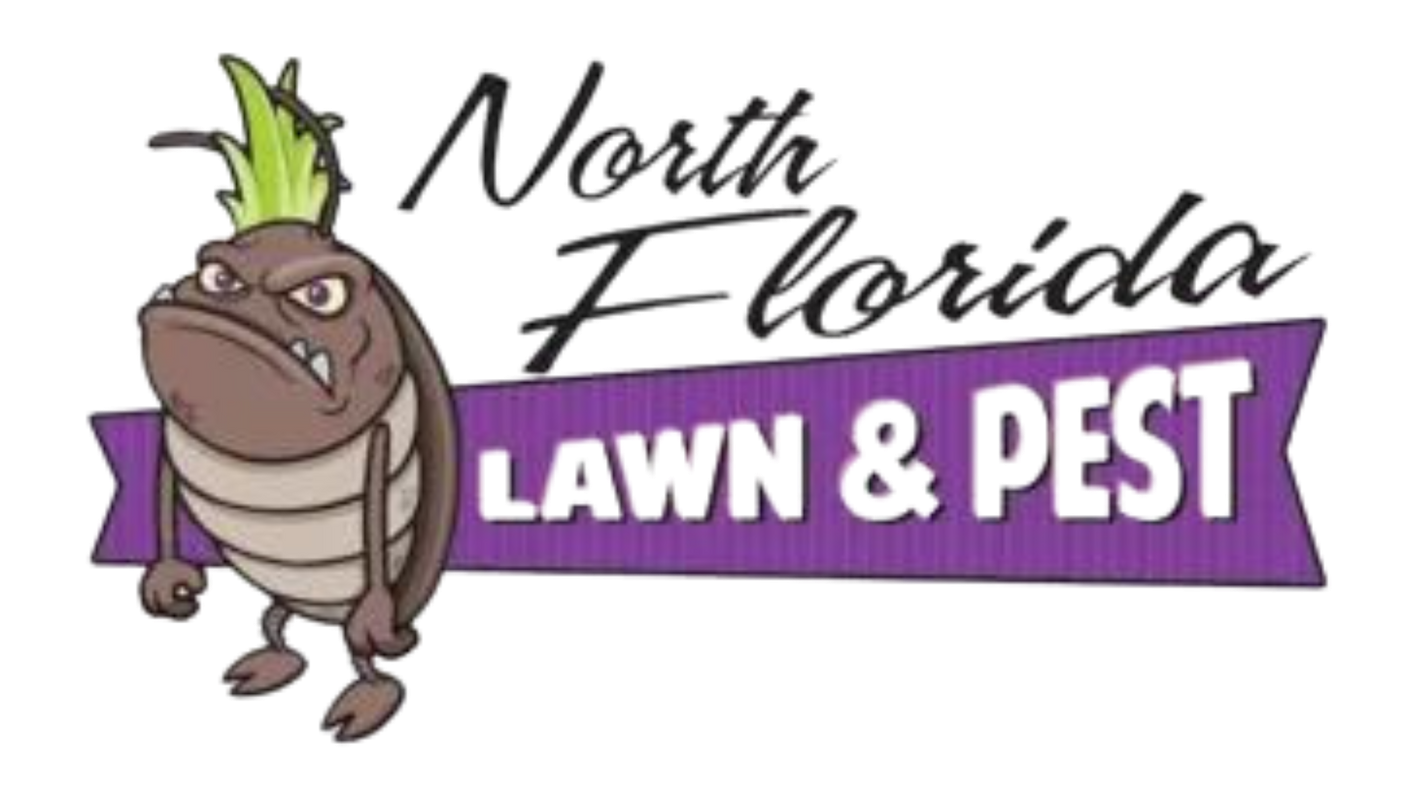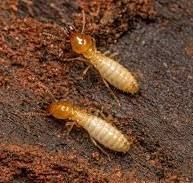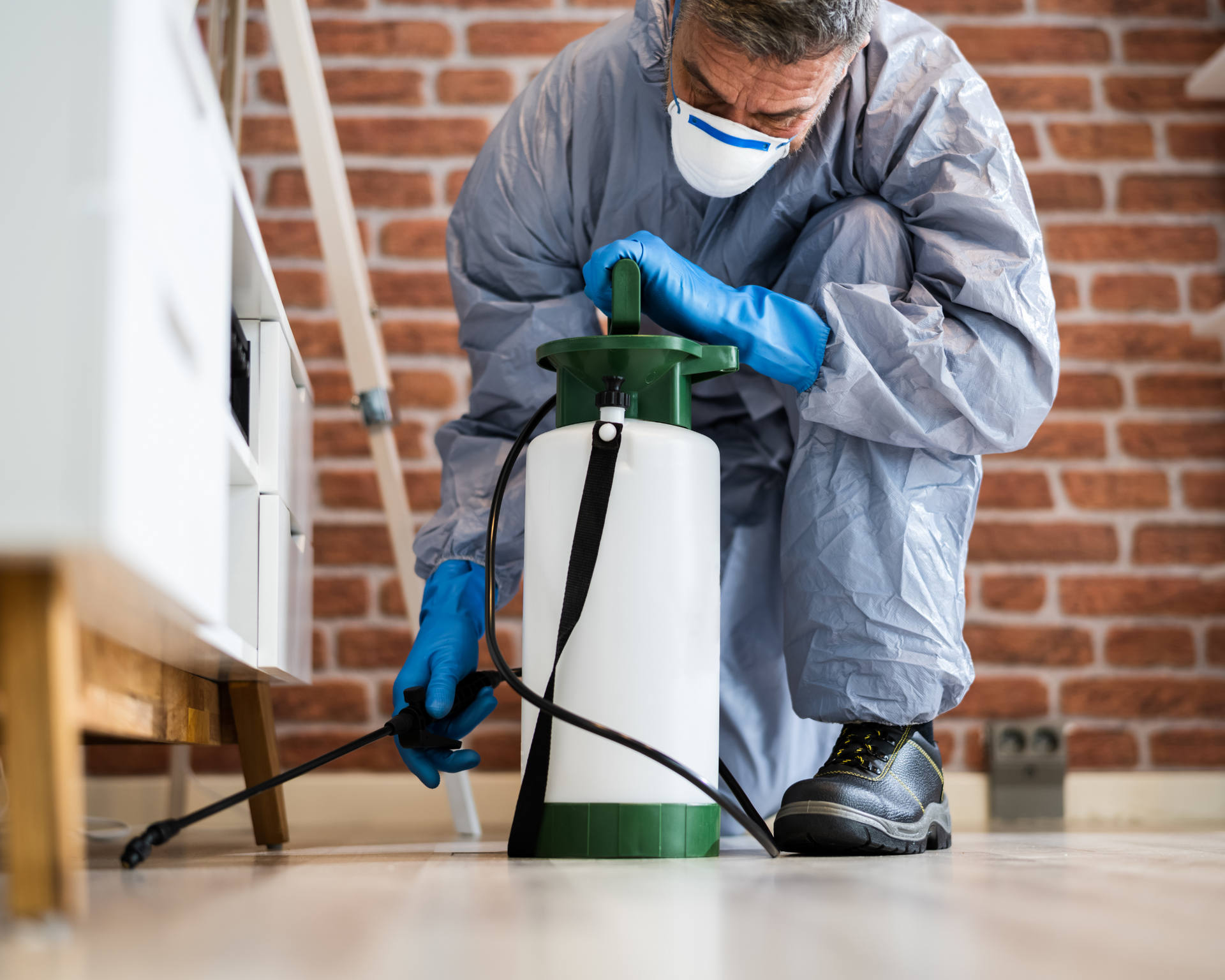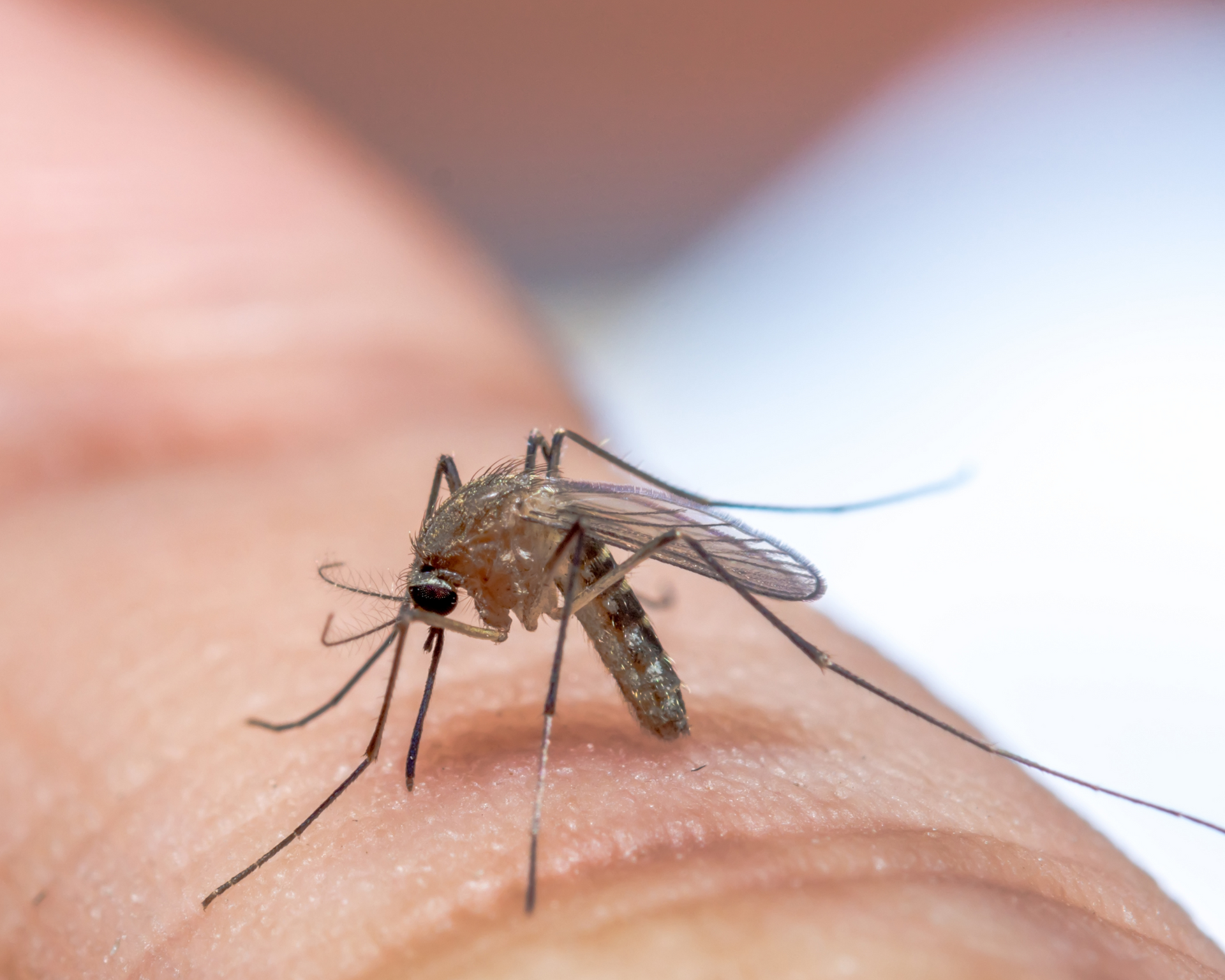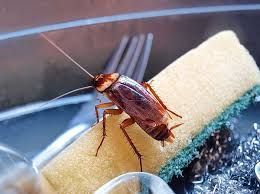How Can Landscaping Affect Pest Activity Around Your Home?
Ways Landscaping Can Affect Pest Activity in Your Home
Landscaping is the way we shape our yards and gardens. This includes the types of plants we choose, the way we arrange them, and how we care for the soil and grass. A good landscape plan can make our homes look warm and inviting, helping us enjoy nature right outside our doors. However, the choices we make when it comes to landscaping can bring both good and bad bugs closer to our homes. By understanding how landscaping affects pest activity and incorporating professional pest control services when needed, we can make better choices and keep unwanted visitors away.
Why Do Pests Come Near Our Homes?
Pests, such as ants, mosquitoes, and mice, look for places with food, water, and shelter. Around our homes, they can find these things in many ways. For example, if you have tall grass or piles of leaves, pests can hide there. If you have standing water, like in a birdbath or a clogged gutter, mosquitoes can lay eggs. Even leftover food in garbage cans can attract rats or raccoons.
Our yards and gardens can either make it easier for these pests to move in or can help keep them out. By managing how we water our lawns, where we place our plants, and how often we clean our yards, we can control pest activity.
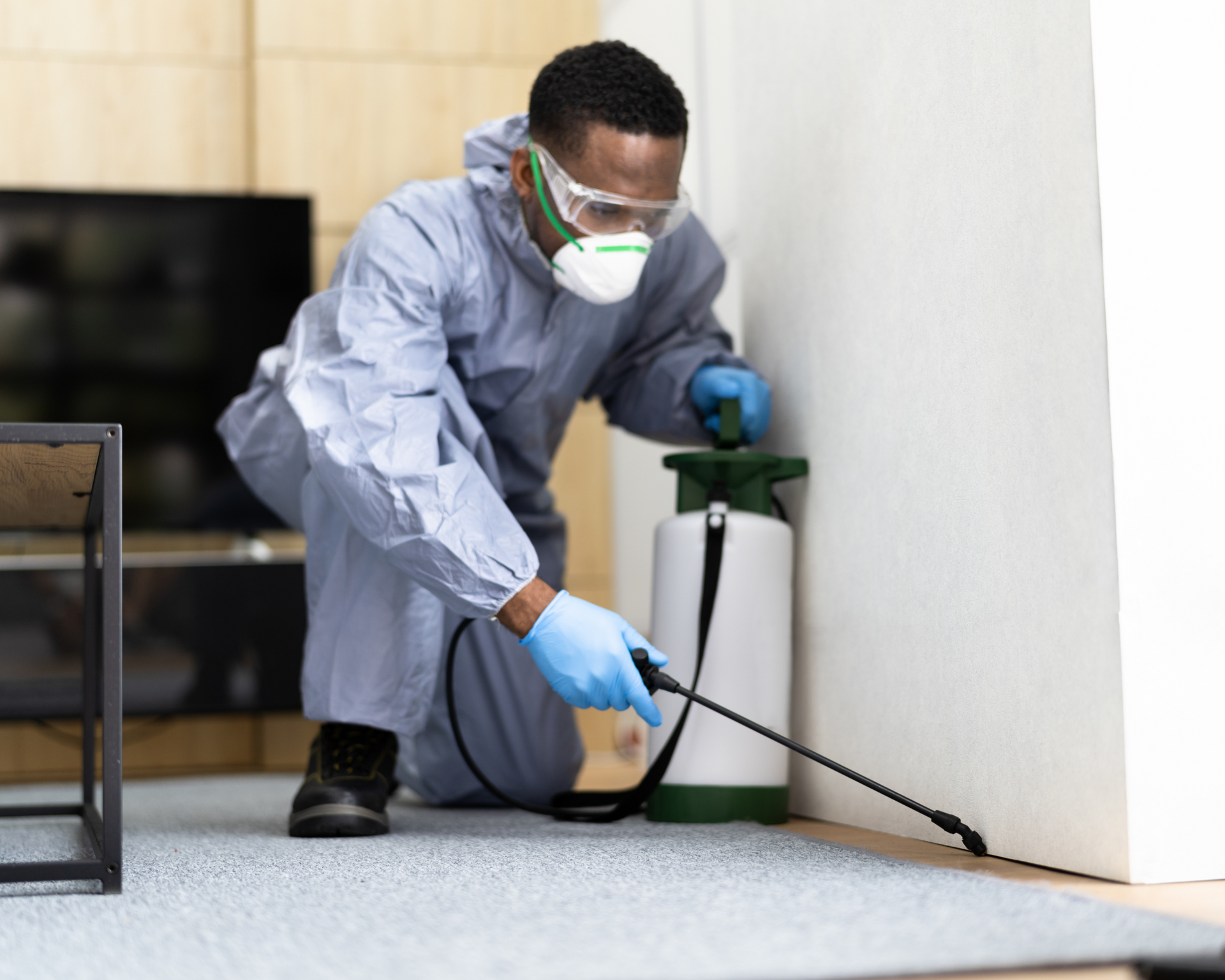
The Role of Plants and Trees
Plants and trees are the main part of any landscape. Different plants can attract different pests. For example, some insects are drawn to the sweet smell of flowers. Trees with sap or fruit may bring bees, wasps, or ants looking for a snack.
Bushes and shrubs that are not trimmed can create dark, damp hiding spots where bugs and rodents feel safe. If you let bushes grow too close to your house, it makes it easier for pests to find their way indoors. To avoid this, trim your plants often. Leave some space between your house and any bushes or trees, so there is less chance for bugs to slip inside.
The Danger of Standing Water
Standing water is one of the biggest reasons pests move into a yard. Mosquitoes, in particular, look for even the smallest puddle to lay their eggs. If you have places in your yard where water collects, like clogged gutters or old buckets, you are inviting mosquitoes to stay.
To solve this, check your gutters to make sure water can flow freely. If you have items that collect water, empty them often or turn them upside down so they don’t fill up when it rains. Try not to water your plants too much, because soggy soil can also attract bugs. When the ground is too wet, it’s easier for pests like termites or ants to find comfortable spots.
Using Mulch and Ground Covers Wisely
Mulch is often used in gardens to help the soil stay moist and to keep weeds away. However, mulch can also be a place for pests to hide, especially if it is piled too high near the base of a plant or tree. Thick layers of mulch hold onto moisture, and many insects love damp environments.
If you do want to use mulch, spread it in thin layers. Keep it a few inches away from the walls of your home. Also, be careful about the type of mulch you use. Some mulches, like cedar, have natural oils that can keep certain bugs away. But no matter which mulch you choose, it’s important to check it often to make sure pests are not making a home in it.
Importance of Proper Lawn Care
A neat and well-kept lawn is more than just nice to look at. Short grass makes it harder for pests to hide, and it can also reduce moisture. Mowing your lawn often and trimming the edges will help remove possible nesting areas.
When leaves fall or branches break, pests can nest under them if they are left on the ground for too long. Raking leaves and picking up debris keeps the soil drier and limits the places pests can hide. If you see yellow spots in your grass, try to fix them. These spots might show that there is too much water or that insects have already moved in.
Smart Plant Choices
When choosing plants for your yard, think about those that naturally repel bugs. For example, marigolds, lavender, and basil are known to help keep certain insects away with their smell. Planting them near doors or windows can be a simple way to reduce pests.
Meanwhile, plants that produce a lot of fruit, nectar, or strong smells can draw more pests in. If you want these plants for beauty or food, place them carefully. Keep them farther from your house, so pests are less likely to wander inside.
Creating Barriers and Safe Zones
Another way to limit pest activity is to create barriers. For instance, you can use rocks or gravel around your home’s foundation instead of thick mulch. This makes it harder for pests to cross and enter your house. Sealing any cracks in your walls or foundation will also help.
If you have outdoor lights, choose those that do not attract many bugs. Some lights are made to be less interesting to insects, which means fewer bugs flying around your door.
Keeping Your Yard Pest-Free
Smart landscaping is one of the best ways to keep pests away. By taking simple steps—like trimming bushes, removing standing water, and using the right mulch—you can cut down on pest problems. A clean and well-planned yard will make your home look great, and it will also make pests think twice about moving in.
With a little care and the right choices, you can enjoy a lovely yard without sharing it with too many unwanted critters. Remember: healthy plants, proper water management, and regular clean-up are all key parts of good landscaping that keeps pests under control.
Want To Learn More? Contact Us
Your landscaping choices play a crucial role in pest activity around your home. Overgrown vegetation, dense mulch, and standing water create ideal conditions for rodents, mosquitoes, and termites. Even the types of plants you choose can either attract or repel pests, influencing the likelihood of an infestation.
Common signs of pest problems include an increase in roaches, rodents, or termites, as well as structural damage like chewed wires or hollow wood. Strange noises in walls, unpleasant odors, and unexplained bites on family members or pets may also indicate a hidden infestation.
To reduce pest risks, maintain a well-kept yard by trimming plants, removing excess moisture, and choosing pest-resistant landscaping. However, even with proper care, pests can still invade your home Contact us today for professional pest control services to eliminate infestations and keep your home pest-free.
Our Additional Posts On Pest Control
Copyright © 2024 - St Augustine Pest Control by NFLP All Rights Reserved
